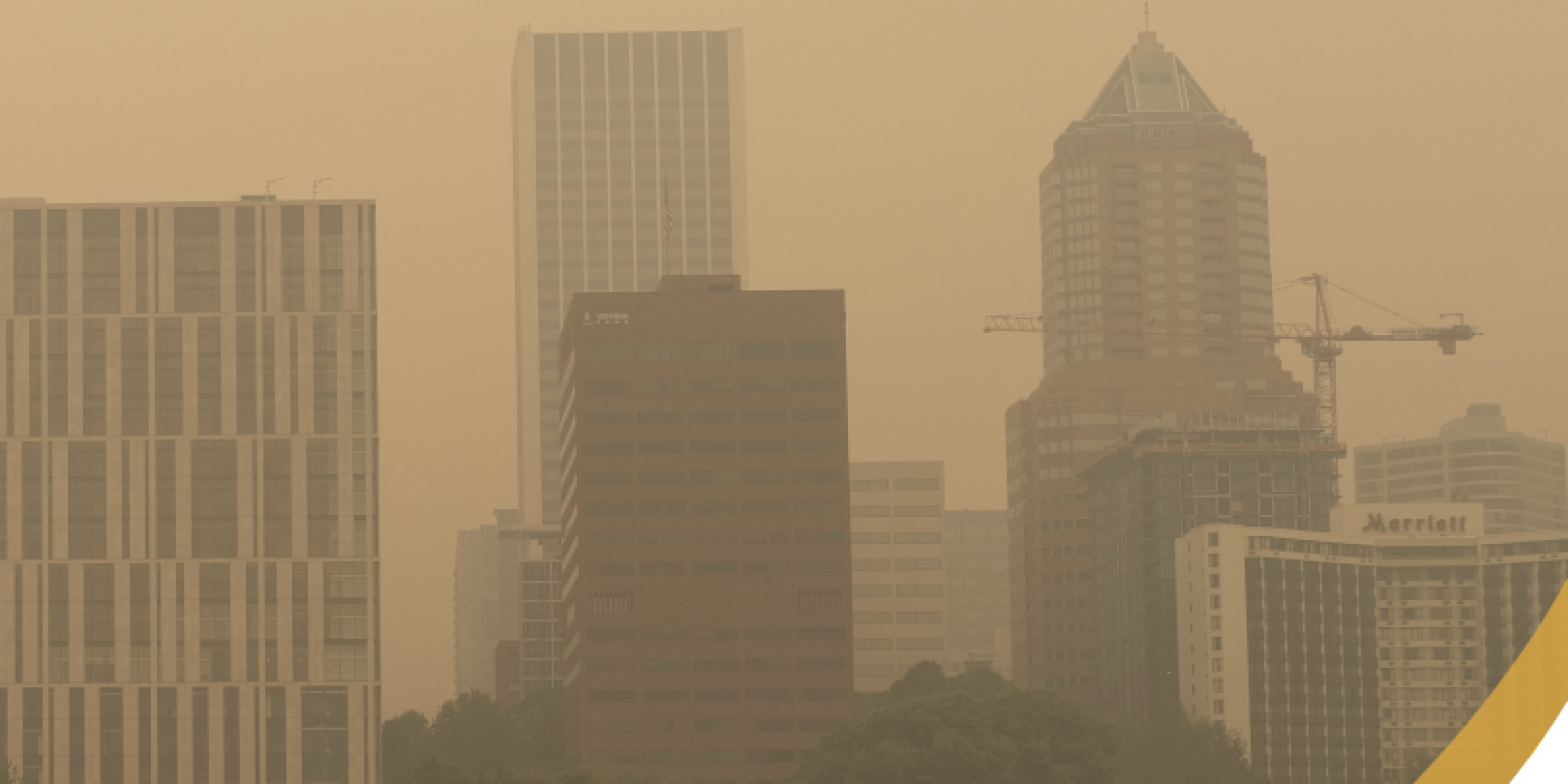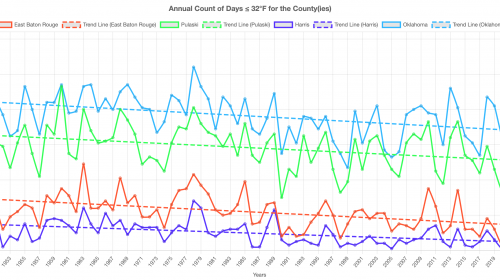Drought is one of the costliest and deadliest climate-related disasters in the United States, necessitating public health engagement at a national level. Although drought is not typically thought of as a health hazard, the pathways to human health outcomes are prevalent and numerous. To better understand these pathways, and actions that could be taken to reduce health impacts associated with drought, NOAA’s National Integrated Drought Information System (NIDIS) and the University of Nebraska Medical Center co-led the development of the first comprehensive assessment of drought and health.
The report, “Drought and Public Health: A Roadmap for Advancing Engagement and Preparedness,” is the culmination of findings from a national Drought and Public Health Summit, five regional workshops, and one-on-one interviews hosted by NIDIS and UNMC from 2019–2022. It provides insights into the connection between drought events and human health impacts with specific examples, and an overview of the principles of public health and engagement. Most notably, this Roadmap provides a list of key opportunities and recommended actions to advance drought and public health engagement and preparedness based upon extensive dialogue and feedback from academic and practitioner communities across drought and public health disciplines.
The Drought & Public Health Roadmap is intended to inform and direct future efforts and investments in drought and public health by Federal, state, and local agencies, with the goal of mitigating the public health impacts of drought events.
Learn more »
Read the Roadmap »
For more information, contact Amanda Sheffield.
Image credit: NIDIS/UNMC; Cover photo: Smoke from Oregon wildfires, Portland waterfront.










